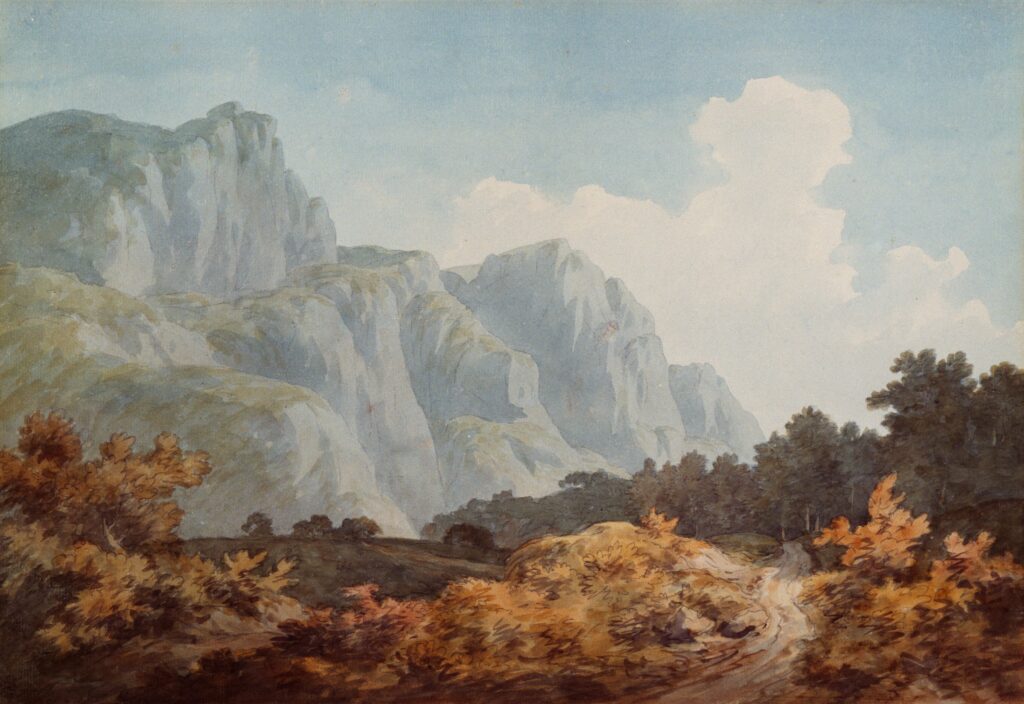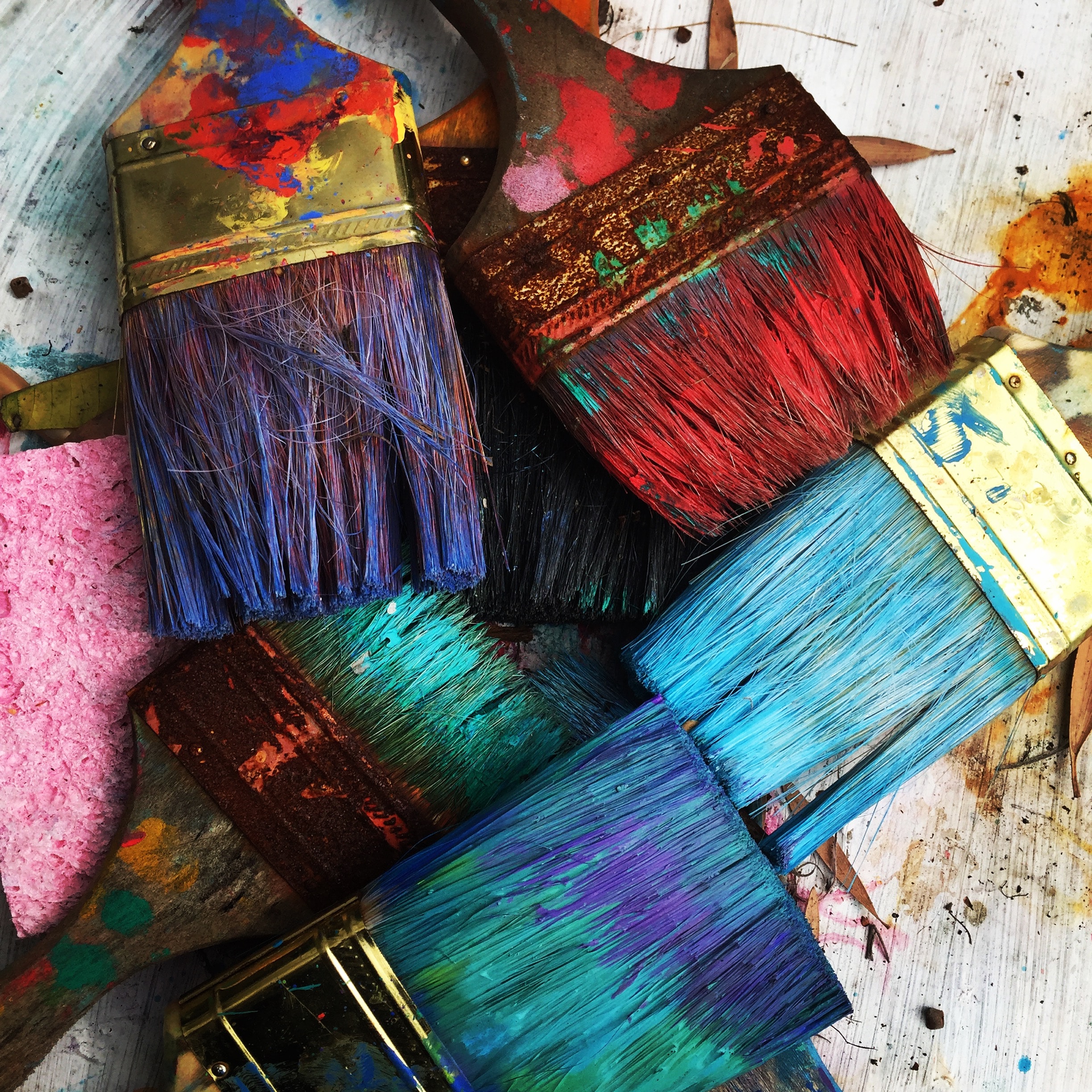Dawoud Bey’s photography exhibition, titled “Elegy,” delves into the complex emotions and experiences associated with the terrain of Richmond, Virginia. Through three series captured in Ohio, Louisiana, and Richmond itself, Bey’s artwork presents 42 black-and-white images that depict the invisible yet resonant human presence within these landscapes. With the goal of shedding light on Richmond’s often overlooked role in the slave economy, the exhibition seeks to engage viewers in a conversation about the contemporary relevance of these historical narratives. Bey’s approach to photography goes beyond didacticism, aiming to create art objects that convey the deep-seated emotions and experiences of Black Americans. By employing the power of abstraction and the beauty of art, the exhibition encourages viewers to see the trail and its history in an entirely new light, fostering a greater understanding of American stories.
Exhibition Overview

Focus on Richmond, Virginia
Dawoud Bey’s new exhibition, titled “Elegy,” centers its focus on Richmond, Virginia. By delving into the psychic geography of the region, the exhibition aims to explore the complex narratives of bondage and freedom that are deeply intertwined with the history of Richmond.
Exploring psychic geography
Through his photographs, Bey delves into the realm of psychic geography, aiming to capture the intangible essence of a place. By looking beyond mere physical landscapes, Bey seeks to uncover the invisible yet deeply rooted human presence that shapes and permeates the terrain of Richmond.
Histories of bondage and freedom
Within the context of Richmond, Bey’s exhibition delves into the intricacies of histories marked by bondage and freedom. By shedding light on these historical complexities, Bey invites viewers to reflect upon and engage with the stories of Black Americans whose experiences have shaped the landscape of Richmond.
Three series: Ohio, Louisiana, and Richmond
To present a comprehensive exploration of bondage and freedom, the exhibition features three distinct series: Ohio, Louisiana, and Richmond. Each series offers a unique perspective on the historical landscapes and narratives associated with these regions, allowing for a more nuanced understanding of the overarching theme.
42 black-and-white images
In total, “Elegy” showcases 42 black-and-white images. Bey’s deliberate choice to use monochromatic aesthetics enhances the lyrical and evocative nature of the photographs, allowing viewers to delve deeper into the emotions and experiences conveyed.
Large-scale prints from medium-format negatives
To create a visually immersive experience, the exhibition presents large-scale prints of the photographs. Bey achieves this by utilizing medium-format negatives, enabling the images to be reproduced on a grand scale. This approach enhances the level of detail and textures captured in the photographs, further immersing viewers into the stories being told.
Two film installations
In addition to the photography, “Elegy” incorporates two film installations. These installations serve to diversify the storytelling elements within the exhibition, providing alternate modes of narrative that complement and enhance the overall immersive experience.
Photographic Style
Capturing invisible human presence
Central to Bey’s photographic style is the aim to capture the often invisible yet deeply ingrained human presence within landscapes. Through careful composition and framing, Bey brings to the forefront the essence of the people who have shaped the terrain and imbued it with their experiences and emotions.
Brooding, evocative, and lyrical images
Bey’s photographs are characterized by a brooding, evocative, and lyrical quality. By carefully selecting subject matter, lighting, and composition, Bey creates images that evoke a sense of melancholy and contemplation. These visuals consistently convey the richness and complexity of the histories explored throughout the exhibition.
Emphasizing emotions and experiences
Rather than aiming for a purely documentary approach, Bey places a strong emphasis on conveying emotions and experiences through his photographs. By capturing intimate moments and subtle gestures, Bey invites viewers to connect on a deeper level with the stories being told, fostering a more empathetic understanding.
Conveying the stories of Black Americans
At the heart of “Elegy” is the intent to convey the stories of Black Americans. Through his use of photography, Bey provides a platform to amplify these narratives, showcasing the resilience, strength, and vibrant histories that often remain overshadowed or overlooked in mainstream discourse.
Unveiling Richmond’s Role
Overlooked history of Richmond’s role in slave economy
Richmond’s historical role in the slave economy is often neglected or overshadowed by other cities such as Charleston or New Orleans. However, “Elegy” seeks to unveil this untold history, shedding light on the crucial role Richmond played in the exploitation and trade of enslaved Africans.
Shedding light on this neglected history
Through his photographs, Bey brings attention to the neglected history of Richmond’s involvement in the slave economy. With meticulous attention to detail and composition, Bey offers a fresh perspective that challenges conventional narratives and prompts viewers to examine the historical complexities of the city.

Engaging viewers in a conversation
The exhibition aims to go beyond presenting historical facts and engage viewers in a meaningful conversation. By presenting the untold stories of Richmond, “Elegy” prompts viewers to critically reflect on the past, consider its contemporary relevance, and engage in a dialogue that fosters a deeper understanding of the city’s complex history.
Contemporary relevance of these stories
While rooted in the past, the stories unveiled in “Elegy” hold significant contemporary relevance. By shedding light on Richmond’s history, this exhibition bridges the gap between the past and the present, encouraging viewers to reflect on how the legacies of bondage and freedom still impact society today.
Artistic Approach
Non-didactic approach
Bey’s artistic approach is non-didactic, emphasizing artistic expression rather than didactic instruction. Rather than explicitly dictating a particular interpretation or message, Bey’s photographs invite viewers to actively engage with the artworks, forming their own connections and interpretations.
Creating art objects
In “Elegy,” the photographs themselves are not merely documentary records but are carefully crafted art objects. Bey’s intention is to transcend the realm of storytelling and create images that can be appreciated for their aesthetic value, while still conveying the emotions and experiences of their subjects.
Conveying emotions and experiences
While the exhibition delves into historical narratives, the primary objective of “Elegy” is to convey the emotions and experiences of Black Americans. Bey’s photographs serve as vessels, imbued with the stories, struggles, and triumphs of individuals, inviting viewers to empathize with and connect to these shared human experiences.
Unique perspective on Black American stories
Bey’s approach provides a unique perspective on Black American stories. Through his lens, he captures the resilience, humanity, and complexity of his subjects, challenging stereotypes and providing a counter-narrative to prevailing societal assumptions.
The Power of Abstraction
Inviting viewers to see the trail and its history anew
Abstraction plays a pivotal role in “Elegy” by inviting viewers to see the historical trail and its associated stories through a new lens. By purposefully distorting or veiling certain elements, Bey encourages viewers to question their preconceived notions, enabling a fresh perspective on American narratives.
Using abstraction to communicate American stories
Abstraction serves as a powerful tool throughout the exhibition to communicate American stories. By removing the confines of strict realism, Bey’s photographs transcend singular narratives and open up spaces for multilayered interpretations. This allows for a more nuanced understanding of the complexities inherent to American history.
Beauty of art in conveying complex narratives
Through abstraction, “Elegy” reveals the inherent beauty in conveying complex narratives. By distilling intricate histories into evocative visuals, the exhibition captivates viewers and encourages them to delve deeper into the subjects being explored. This profound connection draws viewers into the immersive experience, enabling a more profound engagement with the exhibited works.
Creating new perspectives
At its core, abstraction enables the creation of new perspectives. By selectively obscuring or emphasizing certain elements within the photographs, Bey invites viewers to undergo a transformative experience. This pivotal shift in perspective fosters a deeper understanding of the historical landscapes and narratives being presented.
Themes Explored
Bondage and freedom
The theme of bondage and freedom permeates throughout “Elegy,” emphasizing the historical struggles and triumphs of Black Americans. By examining the psychic geography of Richmond, Ohio, and Louisiana, Bey’s photographs offer a nuanced exploration of these themes, revealing the enduring strength and resilience of individuals who fought for liberation.
Psychic geography
Exploring the psychic geography of a place involves delving into the intangible layers that shape a landscape. By capturing these hidden aspects in his photographs, Bey unveils the psychic geography of Richmond, unearthing the memories, emotions, and experiences embedded within the terrain.
Invisible human presence
A recurring theme in “Elegy” is the concept of the invisible human presence. Bey’s photographs capture the essence of individuals who have shaped the landscapes, leaving an indelible mark despite their absence from the physical frame. This serves as a reminder of the enduring impact of individuals and their stories, even in spaces where their presence may not be immediately apparent.

Contemporary relevance
While deeply rooted in historical narratives, “Elegy” maintains contemporary relevance. By exploring the historical legacies of Richmond, the exhibition prompts viewers to critically reflect on the present and consider how these stories continue to influence societal structures and systems today.
Unveiling overlooked history
An integral aspect of Bey’s exhibition is the unveiling of overlooked history. By shedding light on the neglected narratives of Richmond’s involvement in the slave economy, Bey challenges prevailing historical narratives and offers a more comprehensive understanding of the city’s historical significance.
Impact on Viewers
Creating emotional connections
Central to the exhibition’s impact is the creation of emotional connections with viewers. Through the evocative and lyrical nature of the photographs, “Elegy” seeks to elicit a range of emotions, fostering a deeper engagement with the stories being conveyed.
Fostering empathy and understanding
By delving into the emotions and experiences of Black Americans, the exhibition aims to foster empathy and understanding among viewers. Through this empathetic connection, “Elegy” encourages viewers to reflect upon their own privileges, biases, and assumptions, ultimately contributing to a more inclusive and compassionate society.
Prompting dialogue and reflection
“Elegy” serves as a catalyst for dialogue and reflection. By presenting controversial and overlooked histories, the exhibition sparks conversations that challenge preconceived notions. Through this dialogue, viewers are encouraged to critically reflect on their own understanding of American history and its implications for contemporary society.
Encouraging engagement with American history
The exhibition actively encourages viewers to engage with American history. By presenting narratives that have long been disregarded or marginalized, “Elegy” invites viewers to participate in the ongoing process of uncovering and understanding the diverse stories that collectively contribute to the American experience.
The Role of Medium Format
Use of medium-format negatives
Bey’s utilization of medium-format negatives plays a crucial role in the visual presentation of “Elegy.” The larger negative size results in higher image quality and allows for nuanced details to be captured, enhancing the visual impact of the photographs.
Creating high-quality prints
From the medium-format negatives, large-scale prints are created to be showcased in the exhibition. This process ensures that the intricate textures, tones, and details present in the original photographs are accurately reproduced, providing viewers with an immersive visual experience.
Enhancing the visual experience
The use of medium-format negatives significantly enhances the visual experience for viewers. The larger size and higher image quality make it possible to discern finer details, adding depth and dimension to the photographs. This attention to detail draws viewers in and allows them to fully appreciate the complexities and intricacies present within the images.
Highlighting details and textures
One of the primary advantages of medium-format negatives is their ability to capture and highlight details and textures. In “Elegy,” this capability serves to enrich the narratives being presented. Every crease, every texture, and every subtle variation becomes more pronounced, enabling viewers to fully immerse themselves in the visual tapestry of the exhibition.
Film Installations
Adding diverse storytelling elements
In addition to the photographic works, “Elegy” incorporates two film installations. These installations provide an additional dimension to the exhibition, allowing for a diverse range of storytelling elements that engage viewers through both visual imagery and moving audiovisual narratives.
Enhancing the immersive experience
The film installations within “Elegy” serve to enhance the overall immersive experience for visitors. By incorporating moving images and sound, the exhibition offers a multi-sensory encounter that transports viewers into a richly layered world of narratives, further deepening their engagement with the stories being told.
Exploring different modes of narrative
Film installations enable the exploration of different modes of narrative within “Elegy.” Through moving images and carefully designed soundscapes, the exhibition expands its storytelling capabilities, providing alternative perspectives and further expanding on the visual and emotional experiences offered by the photographs.
Creating a multi-dimensional exhibition
The inclusion of film installations transforms “Elegy” into a multi-dimensional exhibition. The convergence of different mediums and modes of storytelling creates a dynamic and immersive experience that enriches viewers’ understanding of the historical landscapes and narratives explored.
Art and Social Commentary
Merging artistic expression and social critique
In “Elegy,” Bey masterfully merges artistic expression and social critique. Through his photographs and film installations, he transcends traditional boundaries and uses his art as a tool for highlighting societal issues, challenging preconceptions, and provoking critical thinking.
Using photography as a tool for activism
Bey’s use of photography as a tool for activism is a central theme within “Elegy.” By shedding light on neglected histories and amplifying the voices and stories of Black Americans, Bey aims to provoke thought and encourage viewers to take action, forging a path towards awareness, understanding, and ultimately, change.
Promoting awareness and change
As an artist-activist, Bey actively seeks to promote awareness and change through “Elegy.” By presenting viewers with confronting and thought-provoking narratives, he aims to inspire reflection and action, fostering a collective consciousness that challenges existing power structures and advocates for a more equitable future.
Challenging perceptions and assumptions
One of Bey’s primary objectives is to challenge perceptions and assumptions through his art. “Elegy” seeks to disrupt conventional narratives, offering alternative perspectives and encouraging viewers to critically examine their own biases and assumptions. By actively challenging and deconstructing existing frameworks, the exhibition creates spaces for dialogue and growth.
In conclusion, Dawoud Bey’s exhibition, “Elegy,” invites viewers to delve into the psychic geography of Richmond, Virginia, shedding light on neglected narratives of bondage and freedom. Through his brooding and evocative photographs, Bey conveys the stories of Black Americans, emphasizing emotions and experiences over didactic instruction. By using the power of abstraction, “Elegy” allows viewers to see history anew, fostering empathy and understanding. The exhibition’s use of medium-format negatives, film installations, and the combination of art and social commentary create a multi-dimensional experience that challenges perceptions and encourages engagement with American history. Through “Elegy,” Dawoud Bey utilizes his unique artistic perspective to provoke dialogue, promote awareness, and inspire change.

